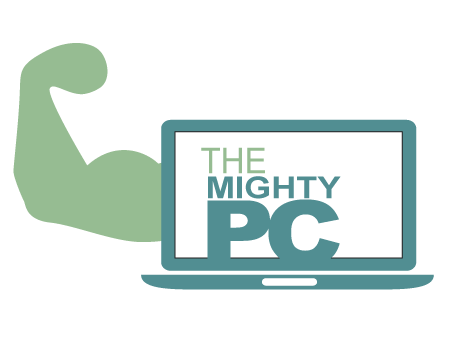Apple's Magic Trackpad 2 ($129.00) offers some significant upgrades over the original Magic Trackpad -- which is five years old this year. The idea is the same-take the great trackpad from Mac laptops and put it on your iMac, Mac mini, or Mac Pro. The new trackpad offers a larger surface and a rechargeable battery that Apple claims can last for a month between charges if you're a trackpad lover. However, its price jump is off-putting-the new version is nearly twice as expensive. Rechargeable batteries and Force Click are expensive.

Design and Features
With its lower profile, the Magic Trackpad 2 is more appealing than its predecessor. The device sits at a slightly lesser angle because there's no circular compartment for holding AA batteries. This wedge has its highest point at the back (0.43 inches) and its shortest point at the front (0.19 inches). With a silver metal bezel surrounding its body, the top glass surface and bottom plastic cover are finished in white. The Apple Magic Trackpad's active surface area is 6.3 by 4.5 inches (WD), making it larger than its predecessor. If you're curious about its weight, be happy to hear that it weighs 8.2 ounces, which is fairly light for a device that will likely spend its life on your desk.
The device is wireless, but comes with a wire. During initial setup, you'll need the included Lightning cable to connect the Trackpad to your Mac via USB and turn the power switch to green. After that, Bluetooth 4.0 is used for communication. Older Macs may not support this standard, so check your System Report or consult this list. To use the Trackpad, you'll also need to upgrade your OS X to the latest version (El Capitan).
There are all the same multi-touch gestures you're used to using on your MacBook trackpad, including Force Touch on the latest Mac laptops. The OS X preference panel lets you choose which ones are active. Using two fingers, you can scroll, pinch to zoom, tap or press the surface to click, right click with two fingers, and use swiping gestures to activate Mac-centric features such as Notification Center, Mission Control, Exposé, and Launchpad. If you have ever used a Mac with a trackpad, you know what to do.
Apple introduced Force Click earlier this year in updates to Retina MacBook Pros and 12-inch MacBooks. It's basically a pressure-sensitive click. If you click the trackpad normally, it reacts like a tap; but if you add pressure, the function changes. Force Click is extensively supported by OS X and native Mac apps--you can preview Web links in Safari (sorry Chrome users, it's not supported at press time) or open a pop-up window to look up a term. It is also possible to use it in dozens of other ways, depending on which app you use.
A gesture provides haptic feedback-you feel the same sensation as a two-stage click, except that the second click is caused by the trackpad's internal mechanism moving when it is triggered. As well as the audio feedback, there is a satisfying click-click sound. The Silent Click option in the Trackpad preferences pane allows you to lessen the audio effect if desired. It's not quite silent, but it is a lot quieter. And you can disable Force Click entirely if you wish, or adjust the firmness of a standard click if you find it too difficult or too easy to use.

Pros and Cons
Pros:
- Attractive, minimalist design.
- Larger active surface area than the previous model.
- Quick setup.
- Supports Force Click and multitouch gestures.
- Internal rechargeable battery.
- Includes Lightning charging cable.
Cons:
- Expensive.
- Requires El Capitan and Bluetooth 4.0 to work.
Conclusion
Its merit alone makes the Apple Magic Trackpad 2 a worthy successor to the first iteration. There is no doubt that Force Click gets the headlines and may require some explanation for those who have never used it before. However, the real upgrade here is the larger surface area and internal rechargeable battery. In order to open the battery compartment on my original Magic Trackpad, I need to find a pair of charged Eneloop AAs and a coin. I'm irritated when my iMac starts telling me that it's running out of battery life. The Magic Trackpad 2 can be charged by simply plugging it into a USB port via the included Lightning cable.
However, there is a price tag attached. Although it's not exactly an impulse buy at $130, it's a bit easier to swallow as a $50 upgrade option when buying a new iMac. Magic Trackpad users are probably better served to keep using it—unless they are unwilling to deal with rechargeable AA batteries or disposable batteries. Although Force Click is a useful feature, it's not something you should upgrade for. Even older Macs without Bluetooth 4.0 are left out, even if they are perfectly capable of running El Capitan. However, with the original Magic Trackpad soon going extinct, there's one thing that is for certain: being a Mac desktop user who prefers to use a trackpad over a mouse is now a lot more expensive.

Leave a comment